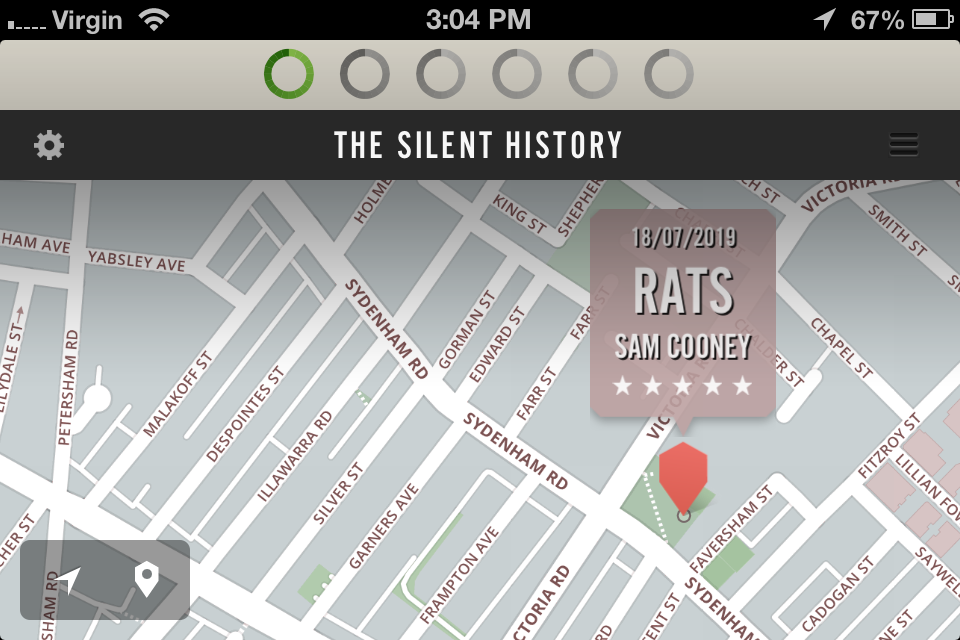The Silent History Reinvents Storytelling
One of the first applications to expand the unchartered boundaries of e-book storytelling.
The Silent History is one of the first applications to expand the unchartered boundaries of e-book storytelling. It's not merely a digitised book, but a serialised novel split across hundreds of short stories released daily. It starts in the present and stretches into a future where a generation of children are hit by a baffling epidemic: the inability to speak or process language. Instead of words, these "silents" hear pure sound and nobody knows why. What is the predicament of a people with no ability to communicate or comprehend, cut adrift from their families and their society?

In the tradition of the best dystopian science fiction, the guts of The Silent History is in society's reactions rather than the story's catalyst: some respond with fear and propose dumping the silents on an apartheid island, parents try in vain to get through to their impenetrable children, doctors are more concerned with how to categorise the kids then actually figuring out what to do with them and how to help them.
The story is split into 1500-word first person narratives from these parents, doctors, teachers, siblings and citizens, some of whom reappear as the story continues to unfold. There are also site-specific "field reports" that expand on the central narrative in a non-linear fashion and can only be accessed when the reader travels to the physical location where the report is set.

There are three such field reports in Sydney across Tempe and Marrickville, and more to be released soon (anyone can contribute one). Sitting on a bench in Wicks Park in Marrickville, reading a field report by The Lifted Brow's Sam Cooney, I madly looked around for a caramel door described in the text. There it was! As if the writer had put the doorway there himself! Of course, I knew he hadn't, but it was perfect - the exact kind of dark magic that all good writers and artists and musicians perform when their work seems to lift up walls behind walls behind walls and reveal something new and unexpected with great clarity. This is what digital literature can do and be! It's a revelation - experiential and immersive and immediate.
Sometimes Sydney's Inner West seems to stretch on forever, all grey terraces and identical intersections and howling flightpaths. The Silent History field reports take ordinary, everyday patches of suburbs and turns them into places, connecting them with something bigger.
The exact nature of that bigger something isn't quite clear yet. It's easy to describe The Silent History's plot and its innovative format, but its actual themes are more elusive. I can really only say what it makes me think about: the nature of language, the inability of almost everyone (mute or not) to communicate what they want and need, the necessity and difficulty of intimacy and vulnerability, the loneliness of childhood, the mysteries of deja vu and dreams and things felt instinctively rather than experienced consciously. These themes recur like birthmarks throughout the short stories, sometimes faint and sometimes darker. In this way, The Silent History, with its fragmentary narrative, is reminiscent of the works of Louise Hearman and Bill Henson, the lyrics of Talking Headsand Radiohead, and other artists more interested in questions than answers.
Do not waste another minute - download this app/book/enigma and start exploring the stories and field reports now.
Volume 2 of The Silent History is available now for iPads and iPhones at the iTunes Store for $1.99 per volume.





